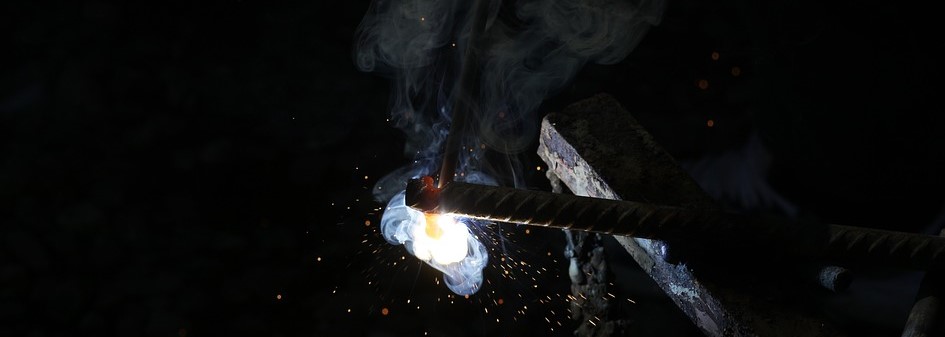Stick Welding is a form of welding that uses electricity to melt a metal filler stick, (electrode) that melts both the metal joint and electrode all at once. This is to fuse two pieces of metal together and fill the joint with filler metal at the same time. Stick welding is thought to be one of the more difficult processes to learn. But don’t be put off – here’s our pick of the best tips to help improve your stick welding results:
Preparation
While stick welding is forgiving when used on dirty or rusty metals, don’t use this as an excuse for not properly cleaning. A dirty or rusty metal can lead to cracking, porosity, lack of fusion or inclusions. To clean, simply use a wire brush or grinder to remove any dirt. If you choose to leave your metal dirty, you are increasing your chances of a bad weld.
CLAMS
(Current setting, length of arc, angle of electrode, manipulation of the electrode, speed of travel)
Bringing all the CLAMS point together may seem like a lot to do during a weld, but this will be something you get used to overtime. This will also help you achieve a good stick weld.
Current Setting
Setting up your machine in DC positive, DC negative or AC depends on the electrode you choose. The correct amperage setting depends on the diameter and type of the electrode you are working with, (the electrode usually indicates the operating ranges on the box it came with). Your electrode will be overly sticky when striking an arc if the amperage is too low, this is something to be aware of. If your amperage is too high, you will experience a puddle which is hard to control or the arc will sound louder than normal. Too much heat can also affect an electrodes flux property negatively.
Length of Arc
The correct arc length varies with each electrode and application. As a good starting point, arc length should not exceed the diameter of the metal portion. Excessively long arcs produce splatter, low deposition rates and usually leave porosity.
Angle of Electrode
Holding the electrode perpendicular to the joint, whilst tilting the top in the direction of travel is the correct angle of electrode.
Manipulation of the Electrode
Observe other welders and choose your preferred technique. When welding vertical, focus on welding the sides of the joint, the middle will take care of itself. Move across the middle of the joint slowly enough so that the weld puddle can catch up, pause slightly at the sides to ensure solid tie-in to the sidewall. If your weld looks like fish scales, you moved forward too quickly and didn’t hold it long enough on the sides.
Speed of travel
Your travel speed should allow you to keep the arc in the leading one-third of the weld pool. Travelling too slowly produces a wide, convex bead with shallow penetration and the possibility of cold-lapping. Overly fast travel speeds also decrease penetration and create a narrower/ highly crowned bead. It may also create an underfill or undercut.
Along with patience and practice, these tips should head you in the right direction for improving your stick welding technique. Telford Group Ltd has the most comprehensive stock of equipment for Welders. To find out more about Welding, click here:
https://telfordgroup.co.uk/welder-training

